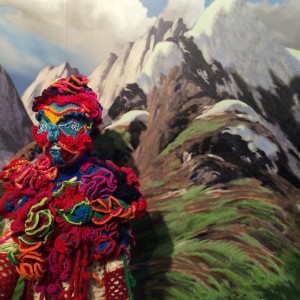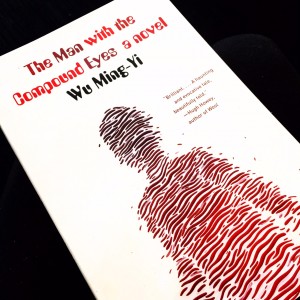More drinks. This time in the midst of a madding crowd, soon after returning from Krakatau, with an Icelandic artist known as Shopflifter. She was wearing a remarkable head piece she humorously called a ‘brain catcher’. We were at the opening of the Björk show at the Museum of Modern Art and it was too crowded to see anything so I just drank and admired the brain catcher. I went back later to see the show. I went in the quiet before the crush of tourists to put on headphones and hear the biographical poetry that accompanied the material objects. I think the critics, universal in their evisceration of the show, may be a bit like archaeologists unable to see the important data in their spoil heap. The show wasn’t about the questionable directions of MoMA, its director, or contemporary art overall. The work itself, Björk’s work, was about the intimate and sometimes painful entanglement of human biographies and the physical planet. This seems outside of what critics can soundbite or archaeologists and geoscientists can quantify and yet it matters.

